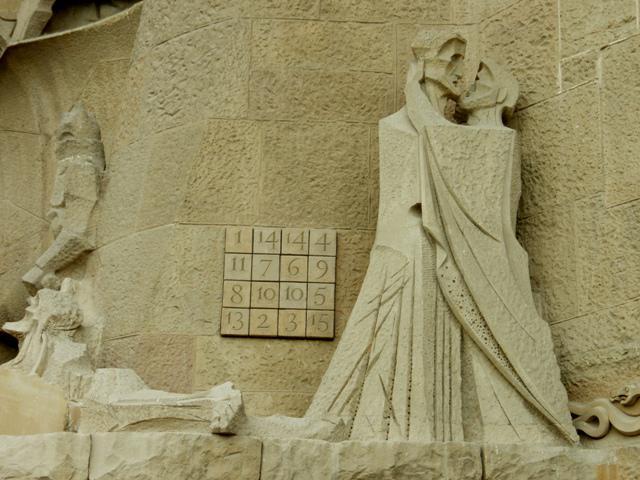Magic box

A magic square is made up of a series of numbers arranged within a grid in such a way that any row, column or diagonal always adds up to the same amount. This quantity represents what is known as the magic constant.
The first magical paintings of which there is reference have their origin in ancient China, in the third millennium BC, combinations of this type are also known in ancient cultures of India, Egypt, the Arab world and Greece. Traditionally astrological and divine properties have been attributed to this type of squares. Around the 14th century they were introduced by the Arabs in the West, attracting the attention of great mathematicians such as Pascal, Leibnitz... who dedicated various works to them, despite the fact that no specific practical use is known.
They are normally created by placing integers and consecutive numbers until the table is complete. That is, in a 3 x 3 square you would find the numbers from 1 to 9, and in a 4 x 4 square the numbers from 1 to 16. With these initial rules, in a 4 x 4 square, whose sum of all numbers from 1 to 16 is 136, its magic constant would be 136/4, that is, 34. However, Subirachs does not meet these basic conditions for its magic square. Subirachs took the magic square that Dürer represented in his engraving Melancholy I, and retouched it, repeating the figures 14 and 10 and eliminating 12 and 16, in order to obtain a constant that would give 33 as a result, the age at which it is supposed Jesus Christ was executed. The number 3 is also important in the Christian world, as it is a symbol of the Trinity.
© Tourblink